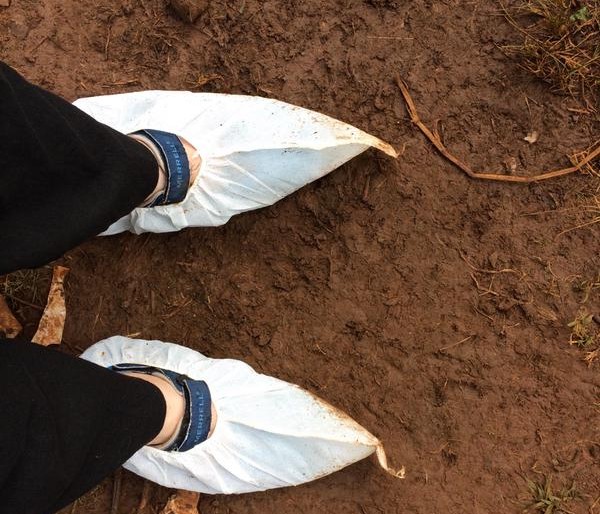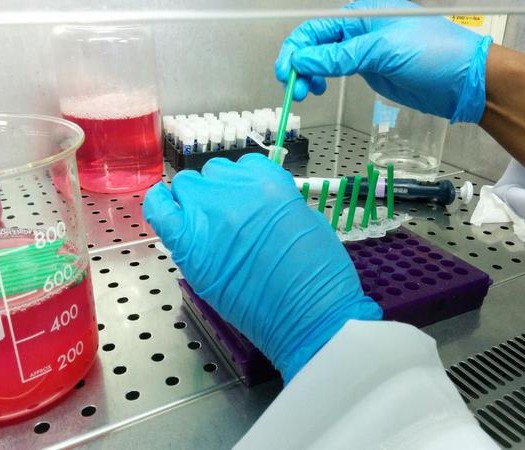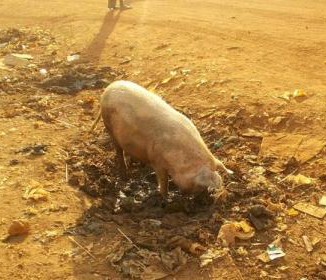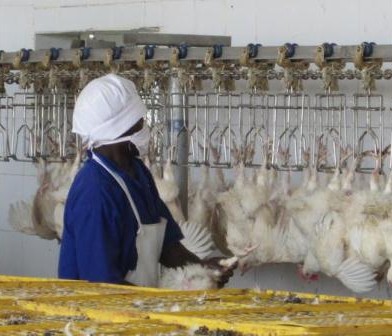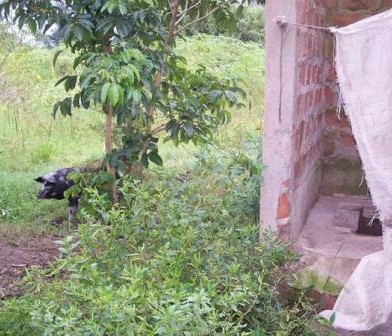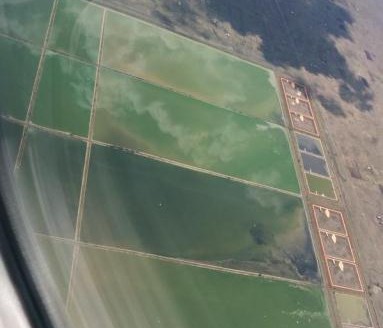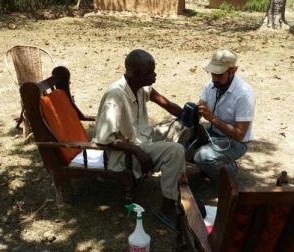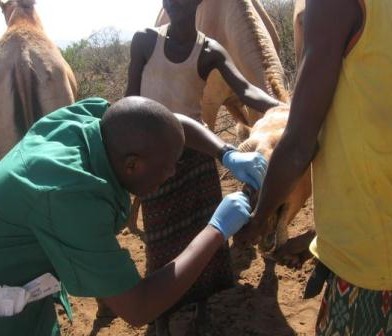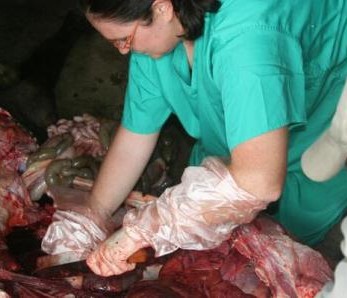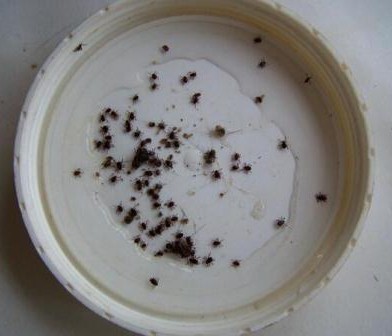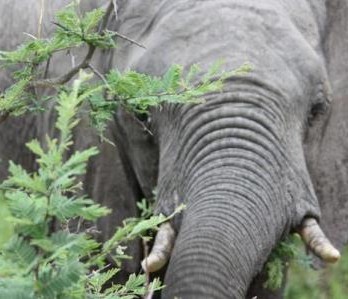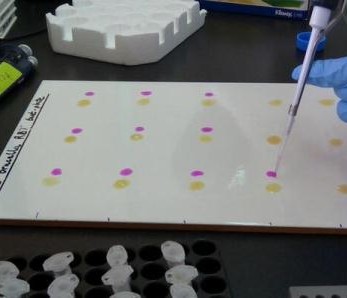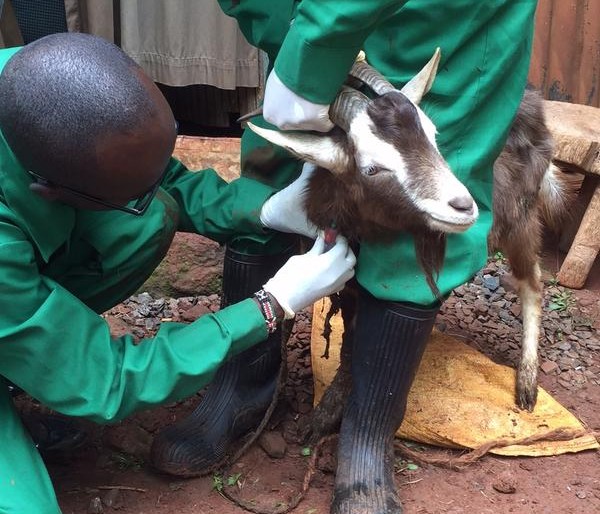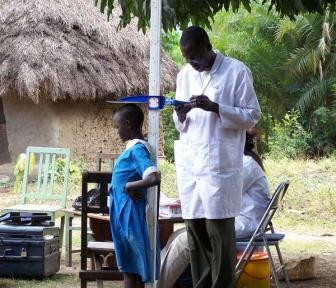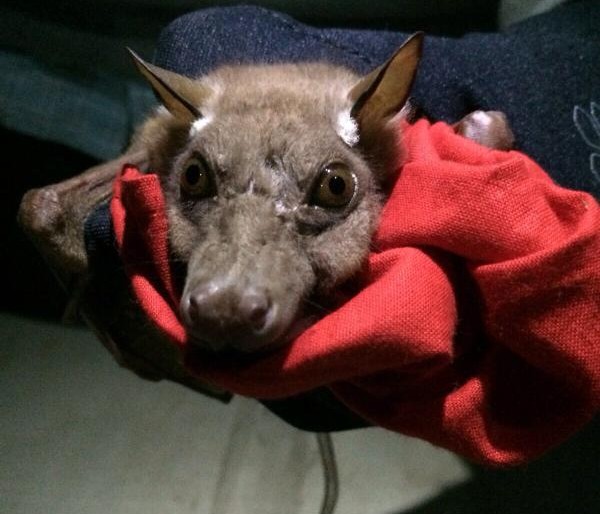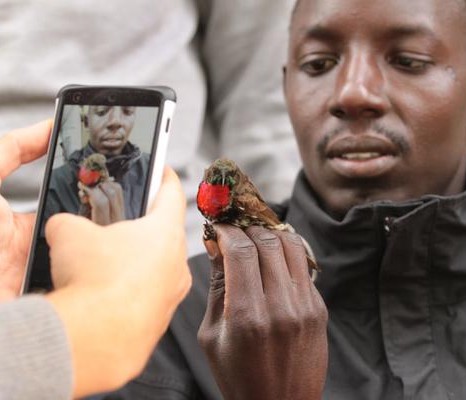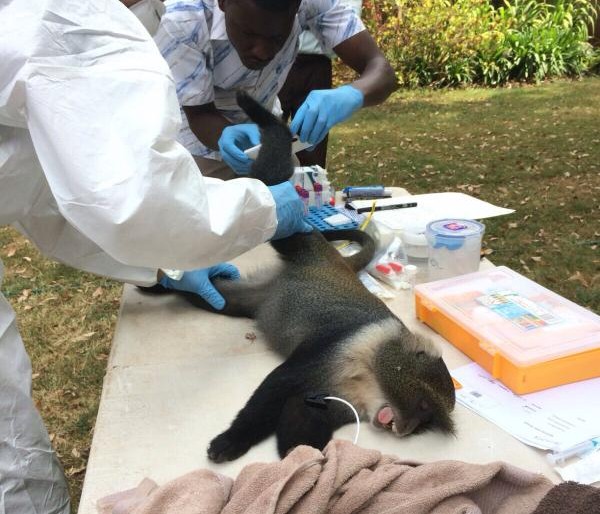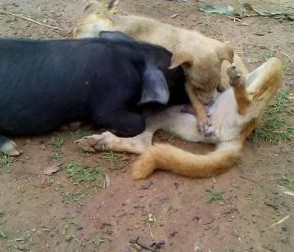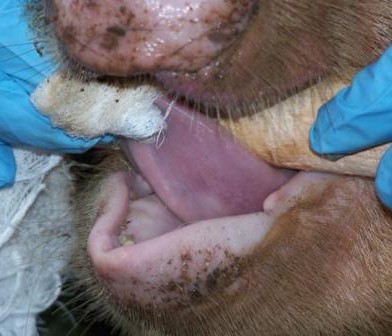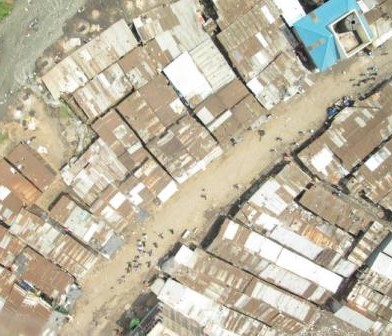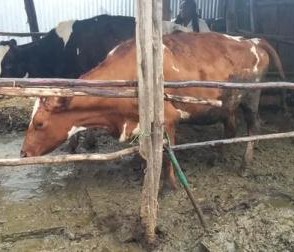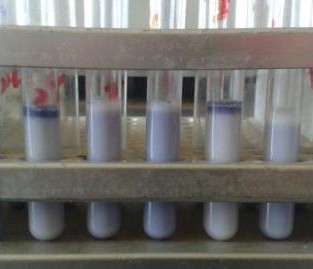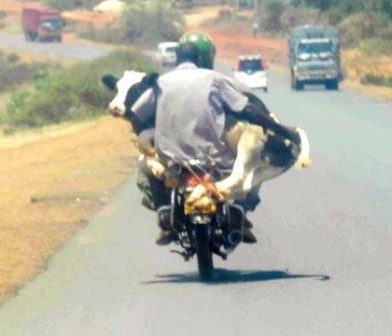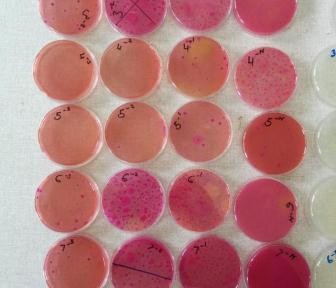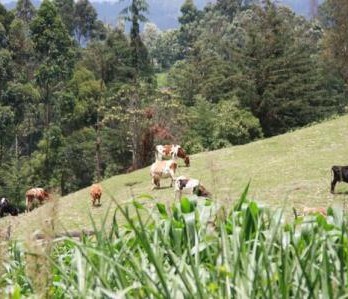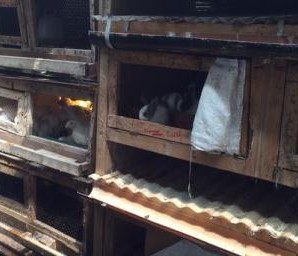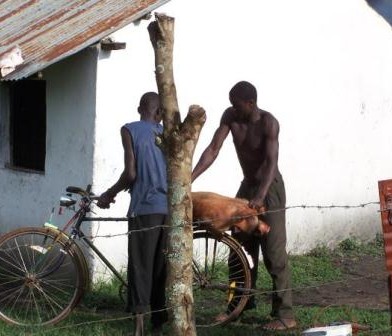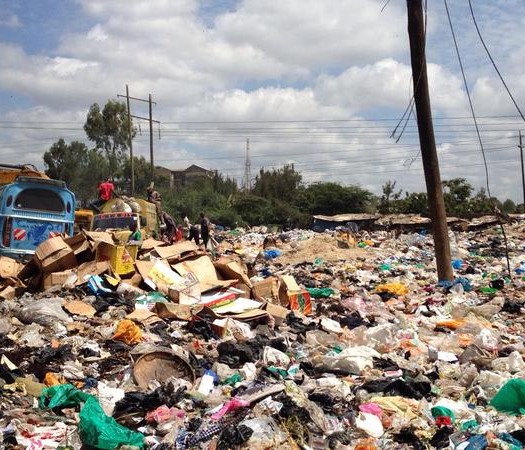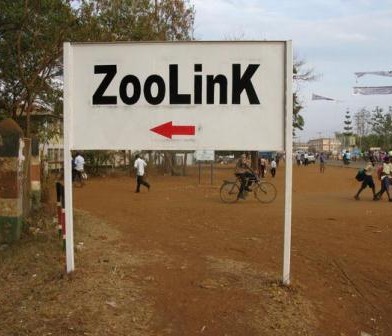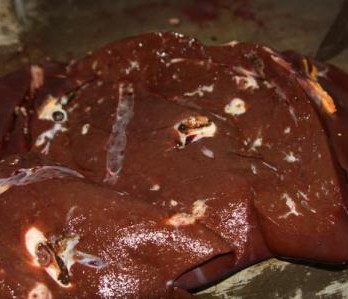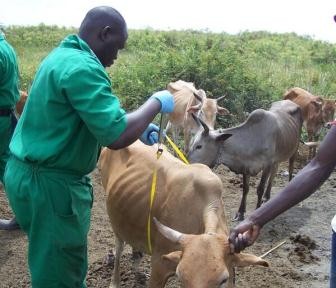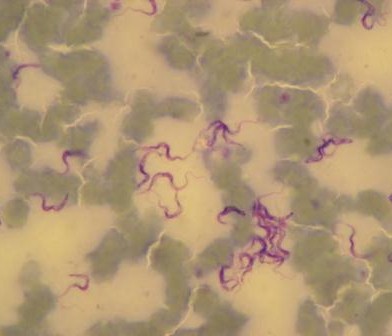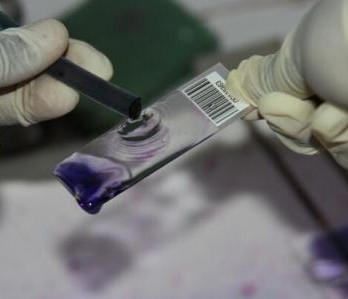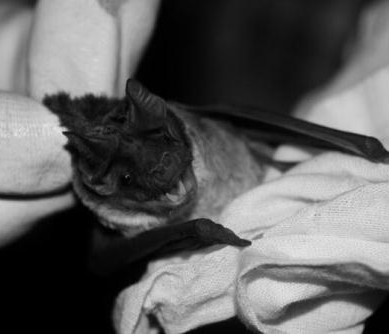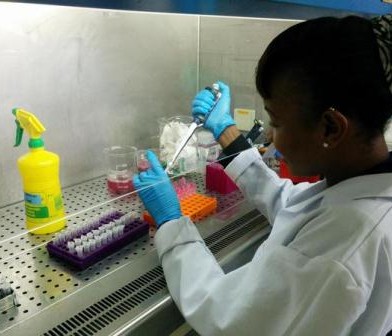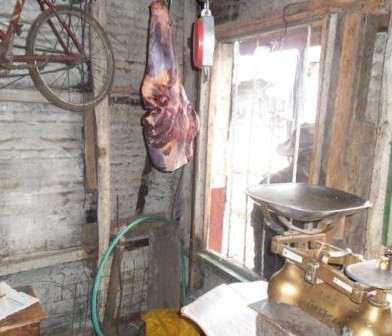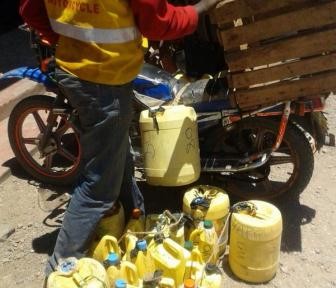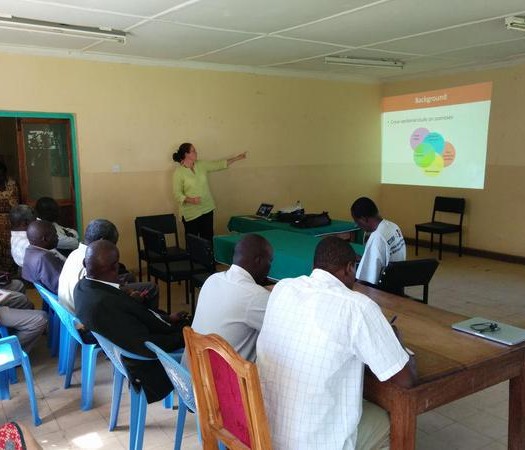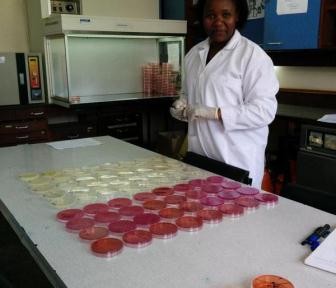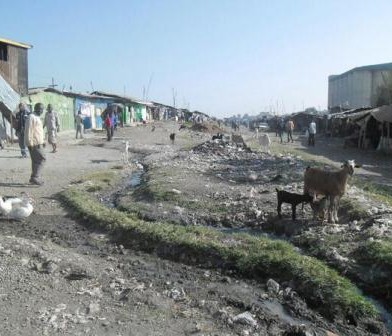November 2013: First quarterly newsletter
February 2010: Featured article in BVA newsletter
Establishing a serum bank of samples from confirmed cysticercosis positive and negative pigs
This serum bank will serve as a platform for future development and validation of diagnostic tools that will allow for a quicker and more accurate diagnosis of porcine cysticercosis. The disease is zoonotic, meaning that it can be transmitted between humans and animals (pigs). The tapeworm, Taenia solium, causes taeniasis in people and can cause abdominal pain, diarrhoea, nausea and indigestion. The larval stage of the worm can infect both pigs and people. In people, the larval stage can become encysted in the brain and/or spinal cord, causing neuro-cysticercosis. This is an important cause of acquired epilepsy – a debilitating disease. The signs of the disease in humans include seizures, chronic headaches, dementia, and may result in death.
A Pilot Study to Investigate the potential for developing syndromic surveillance system based on meat inspection records in Western Kenya
The rationale of this pilot project is to assess the feasibility of using slaughterhouse data to enhance the coverage and efficiency of the surveillance system in the study area alongside the routine laboratory based surveillance system.
Challenges associated with tracking the movements of people and their livestock
Phase two of this study (detailed in the previous ZooLink newsletter) began in November. Over the last two months, we revisited 27 households that we collected GPS data from in phase one in order to track the movements of the same people and livestock as we did in...Do livestock have a role in the emergence of disease in urban cities?
One of the primary objectives of the Urban Zoo project is to quantify and understand microbial diversity in an urban setting and to try and link that to urban livestock keeping. In so doing we aim to elucidate the possible role of livestock as a risk factor in the emergence of disease in cities.
Tracking the movements of people and their livestock
As zoonotic diseases can be transported across landscapes by hosts, understanding the complexities of host-mediated pathogen movement is a priority for zoonotic disease research. For my research, I have been using surveys and GPS trackers to gather data on the...Letter from the PI: Introducing the ZooLink Suite of Projects
It’s a real pleasure to write the first “Letter from the PI” for the Zoonoses in Livestock in Kenya (ZooLinK) project, part of the Zoonoses in Emerging Livestock Systems programme, funded by the UK Research Councils (led by the BBSRC), UK DFID and UK DSTL.
Our project has been underway since 2015, engaged in planning and staffing, followed by refurbishing of our field lab and the commencement of field activities in Kenya. It’s satisfying, a year and a half in, to now be able to start reporting on how we are doing and what we are up to. While we have been and will continue to share updates through social media on a regular basis, our project newsletters serve to provide slightly more indepth ongoing reporting of our work. Newsletter articles will also appear on our project website as blog articles – we are active on social media both on the web at www.zoonotic-diseases.org and through twitter @ZoonoticDisease, with #zels #zoolink.
Urban Zoo Team-Breaking the barriers
Proper planning and efficient communication has been the key to ensuring that everything is well coordinated. Team leaders (management or PI’s) from all the collaborating institutions hold fort-nightly teleconferences to update, consult and agree on a unified way of moving forward. It is a common practice for staff to communicate through emails, phone calls, skype and one on one talks with each other. The group has a “WhatsApp group chat” that is used to share updates/progress including photos of both the labs and fieldwork. It is also the easiest and simplest way of sharing information with the entire group. Our active website www.zoonotic-diseases.org and the quarterly newsletters, publications and scientific conference presentations are some of the effective means used to ensure that the public is informed of the projects progress and findings.


